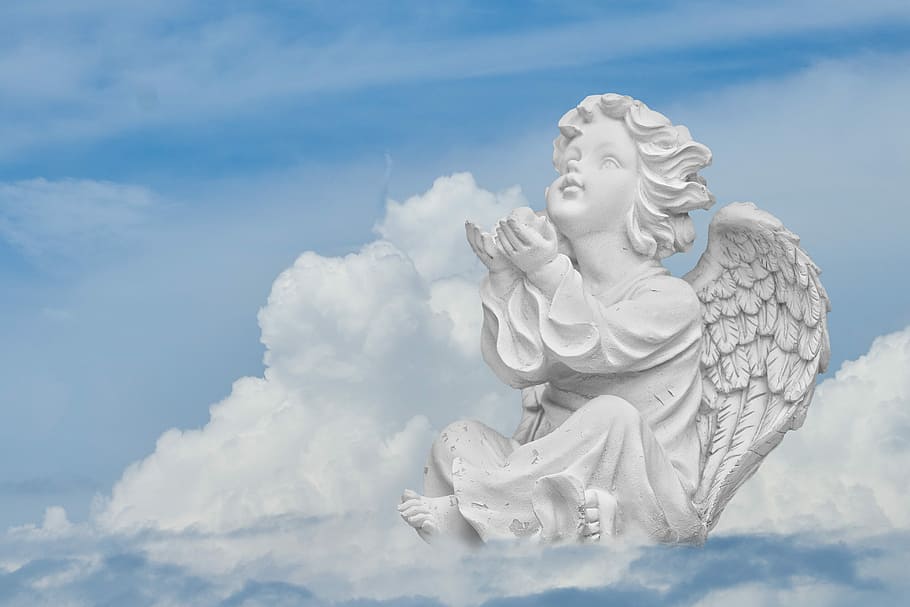A cherub figurine is a small child-like figure used in works of art. Cherubs may represent love or divinity; or be used as protective symbols. Cherubs can be made out of wood, stone or porcelain carvings and sometimes known as puttis (plural putti).
Above left are two seated cherubs in pale terra cotta, surrounded by corn, acanthus leaves and garlands – they appear female in nature.
They are a symbol of love
No matter what space in your home or garden you’re decorating, cherub figurines make an eye-catching statement of love. Boasting many styles and sizes available to find one suitable for you space.
Cherubs faded in popularity following Classical times, yet made a comeback during Renaissance times as seen in Wren’s city churches where two cherubs flank a central window with musical instruments or reading from a book (such as the Bible). This can be seen on their terra-cotta frieze.
Cherubs evoke childhood innocence and devotion while at the same time symbolizing divinity, protection, and love. Cherubs can be seen decorating church structures as well as classical outdoor fountains; this beautiful Cherub Angel Statue can help show yours and others’ your affection and devotion!
They are a symbol of protection
Cherubim (plural of Cherubs) appear regularly throughout the Bible, particularly in visions such as Ezekiel 1-10 or Revelation 4. These creatures possess an exotic aesthetic with four faces and two pairs of wings; it’s important to keep in mind they are just decorative carvings rather than living beings.
As well as protecting the Ark of the Covenant and tabernacle in general, they’re often seen as guardians; perhaps this stems from being featured as decorations on funereal monuments.
Cherubs have long been seen as symbols of love. This type of angel takes their name from the Greek word for “desire,” and are frequently depicted with wings to indicate they can fly. Cherubs became particularly popular during Renaissance period as Europeans rediscovered classical philosophy, literature, and art – they’re sometimes known by other names but should really be thought of as modern equivalents of Cupid.
They are a symbol of innocence
Cherubs are a beloved figure in Renaissance and Rococo European art. Like Cupid, they represent love, beauty and innocence while acting as protectors of sacred buildings such as the Ark of the Covenant. Although initially thought to be either oxen or lions, nineteenth-century biblicist August Dillmann suggested they may possess angelic features instead.
Depictions of cherubs can often be found in church art, garden decor and outdoor fountains. Cherubs have also long been seen as symbols of innocence and security since Eden; you’ll find an extensive selection of these sculptures here on 1stDibs.
They are a symbol of divinity
Cherubim are angelic creatures that guard God’s throne as guardian angels. Cherubim represent divine power and grace. Often referred to as “children of the Most High”, cherubs have long been featured as subjects of Renaissance, Baroque and Rococo European art, usually depicting as beautiful babies with mischievous smiles and cheeky attitudes.
Genesis and Ezekiel describe cherubim as composite figures with various animal features. Additionally, they possess superhuman stamina; not needing food, water or air in order to survive despite all threats such as arrows or swords being shot their way.
Decorated cherubs make an excellent addition to your garden or home, providing a peaceful ambience and offering symbolic love and compassion. Use one as a memorial tribute to honor loved ones – these statuettes cradle doves while holding bouquets to conjure an heavenly scene! Plus they make for great centerpieces on fireplace mantels.
